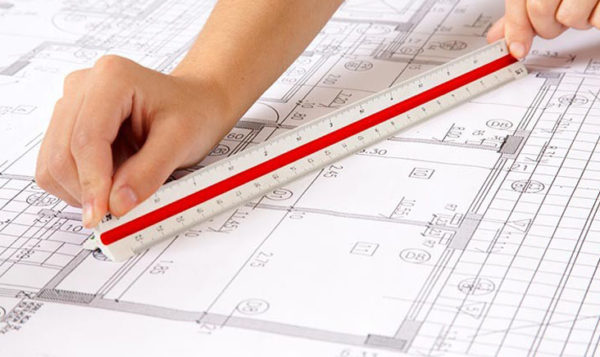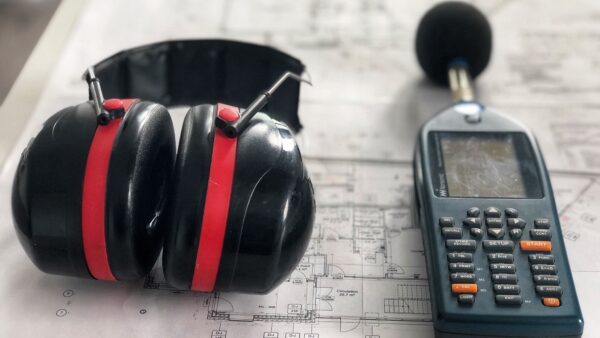Sound Proofing – Adding Mass to Walls
How exactly do soundproof a wall? Well, that’s a very common question. Let’s start with a basic understanding of the main 4 elements of soundproofing construction – they are:
-
-
-
-
-
-
-
-
-
- Adding mass
- Decoupling of materials
- Noise absorption
- Noise damping
-
-
-
-
-
-
-
-
If you understand the above elements that make up party wall design and construction, you’ll have a more educated eye the acoustic design on your project. view your problem room. In a nutshell we are trying to prevent vibrations from crossing the wall partition.
When it comes to soundproofing walls and ceilings, we cannot understand the importance of adding mass. However simply adding mass is not often enough, you also need to consider two important factors:
-
-
-
-
-
-
-
-
-
- That of what type of material to use.
- where the material should be installed within the wall construction.
-
-
-
-
-
-
-
-
when adding mass to walls in buildings one the most common ways is to add cement board or soundboard. This adds mass and makes the walls as heavy and thick as possible. Adding mass to walls is one of the easiest ways to decrease sound vibration, although will not reduce deep bass sounds from being heard.
Another good reason for adding mass to any room is a good way to provide extra insulation, which in turn makes the room more energy efficient and environmentally friendly.
How do I work out the required mass?
Working out required mass required for wall to pass the sound insulation test can be quite difficult. For instance, the acoustic rating of a typical masonry wall increases from 45 dB to 50 dB when the thickness is increased from 100 mm (block laid on edge) to 215 mm (block laid flat). This doubling of mass does not need to be achieved by a doubling of thickness of a wall, as you can greatly increase the mass by opting for a masonry that has a minimum mass of 1900kg/m3 or (190/m2) whereas many lightweight blocks such as thermalite are only 500kg/m3 (50kg/m2), which can easily lead to sound test failure if used in the wrong situation such as the inner envelope construction and or a single skin construction for party walls.
It’s worth remembering for sound to conduct through a wall, it has to actually move or vibrate the party wall ever so slightly. A heavy mass wall is always much harder to move than a lighter wall. It is very important to note that a heavy wall will still vibrate, just not as easily as the lighter one, with this in mind we then need to use the 2nd element of soundproofing design which is the Decoupling of materials – this is covered in our next article here.
Getting the soundproofing design right from the word go, is key, and APT Sound Testing can help in all areas of sound insulation design and testing. Get in touch on info@aptsoundtesting.co.uk to request a quote or call us on 01525 303905 to discuss your development.
Please Note: although we take every care to ensure the information was correct at the time of publication. Any written guidance provided does not replace the user’s professional judgement. It is the responsibility of the duty-holder or person carrying out the work to ensure compliance with relevant building regulations or applicable technical standards.


